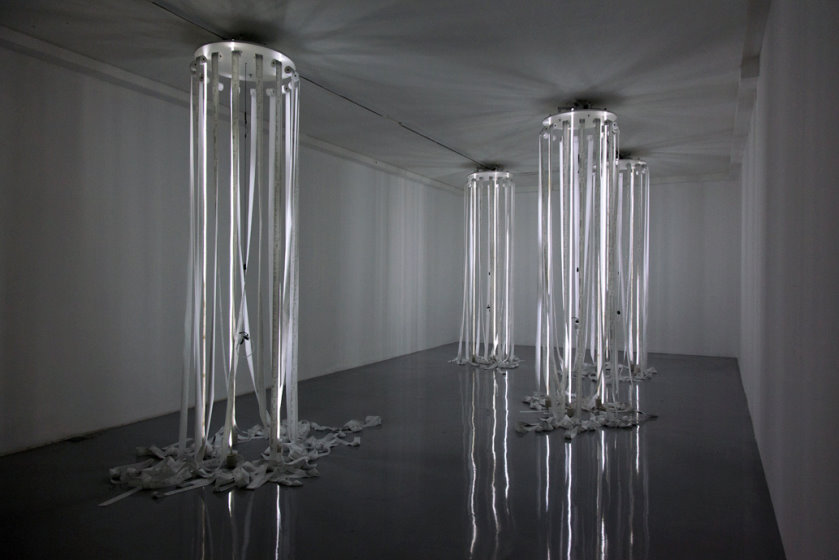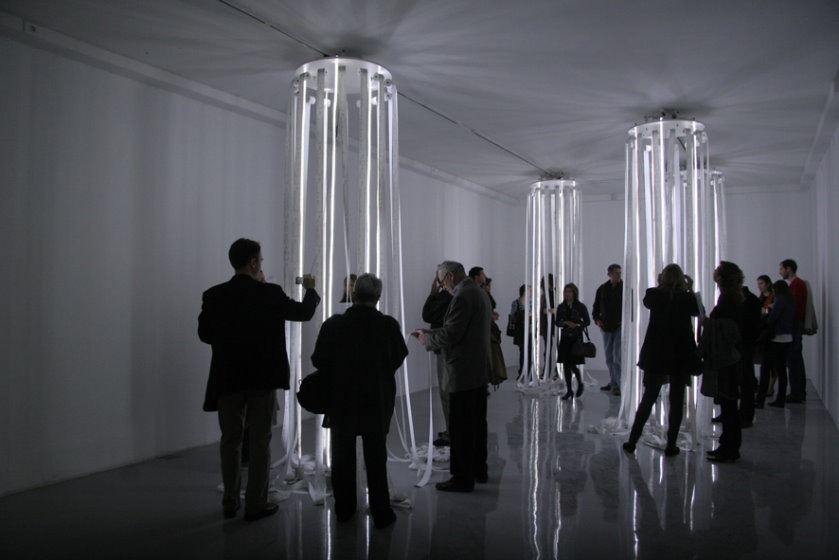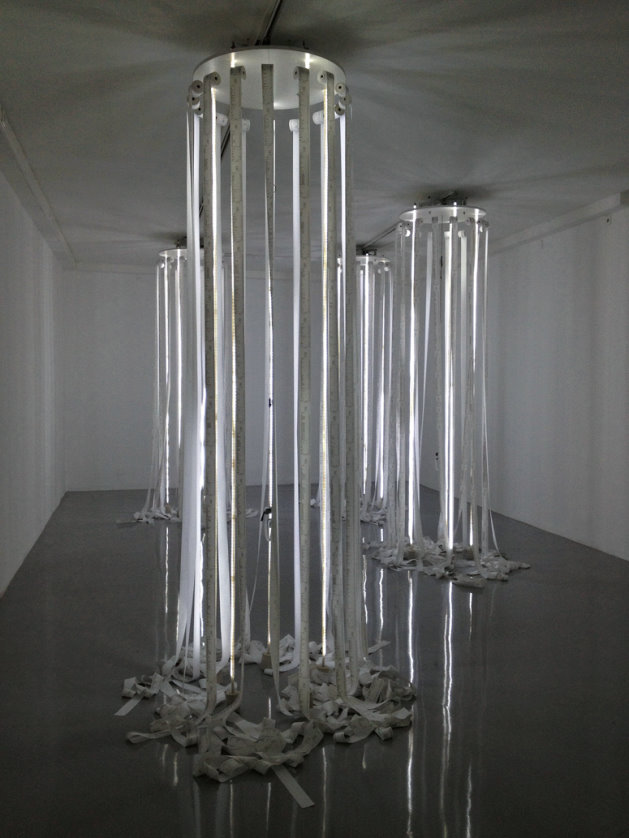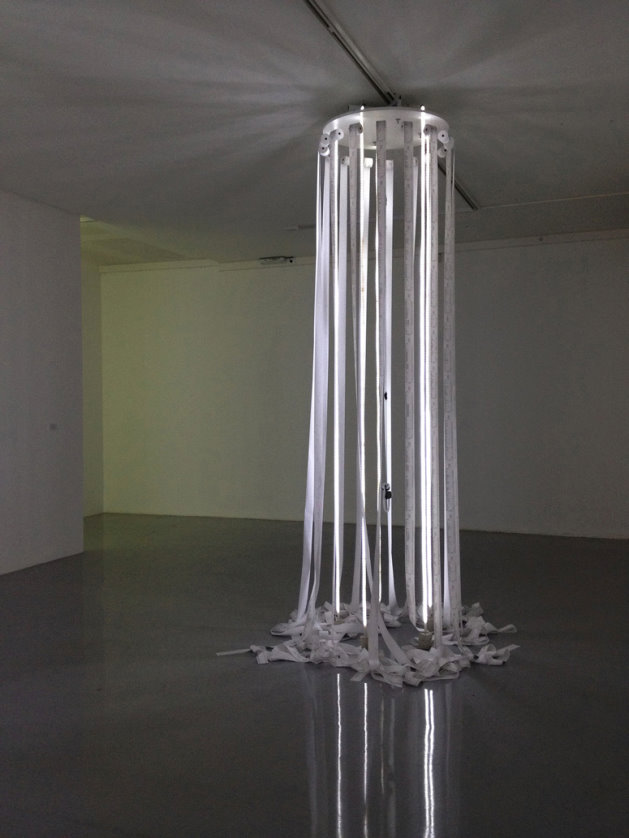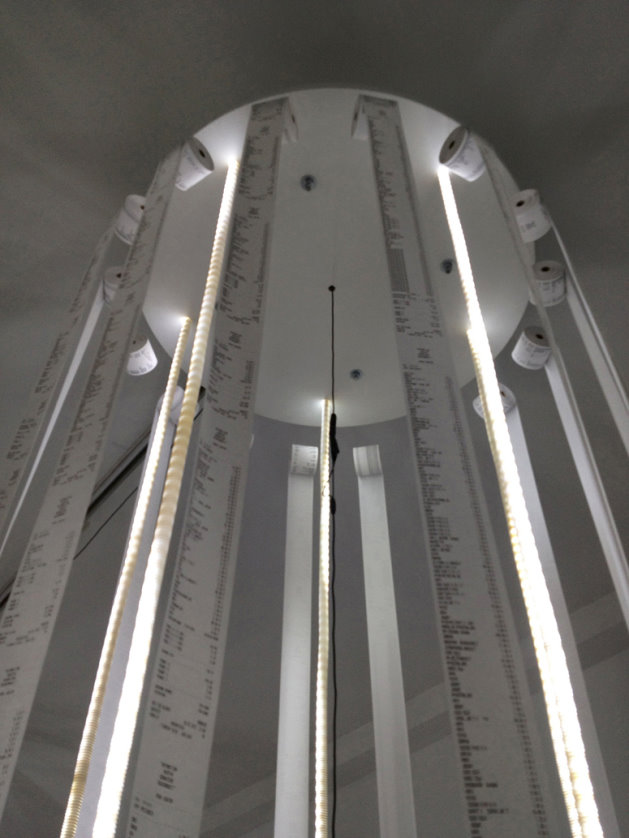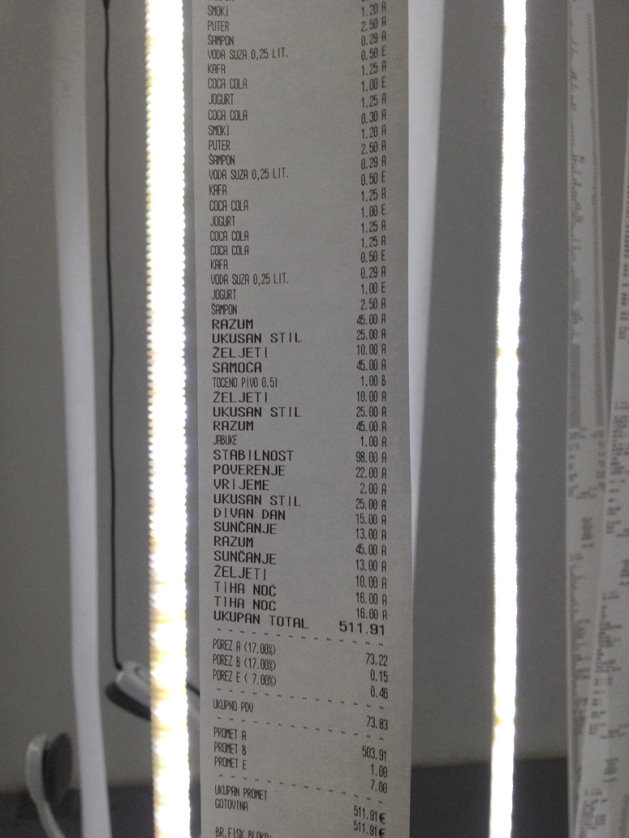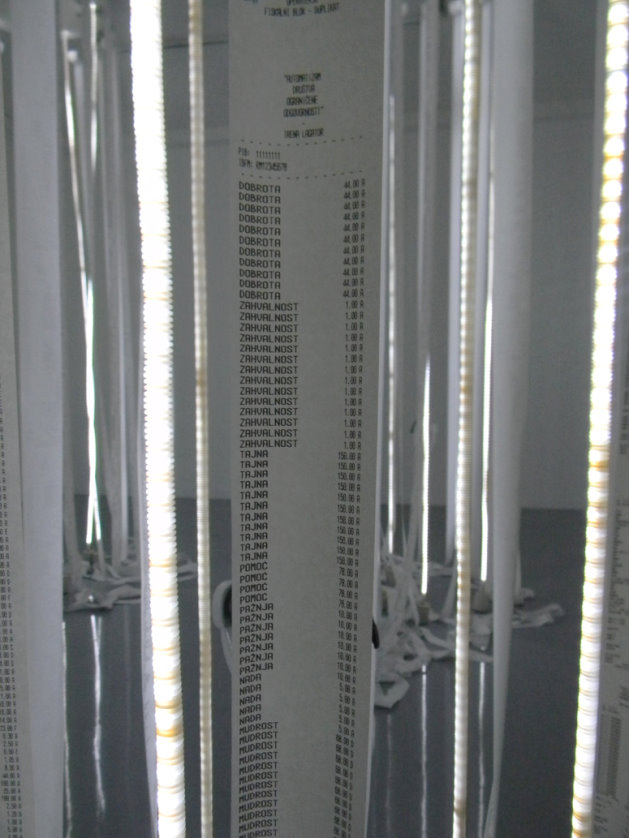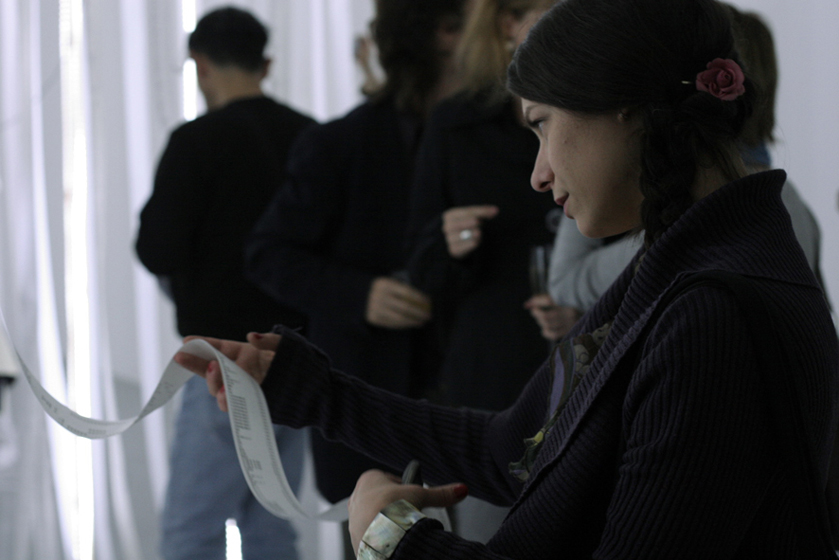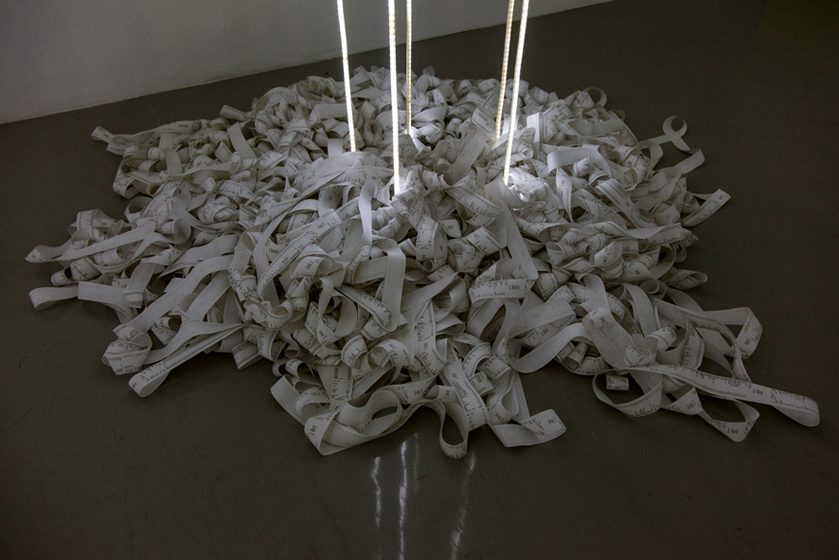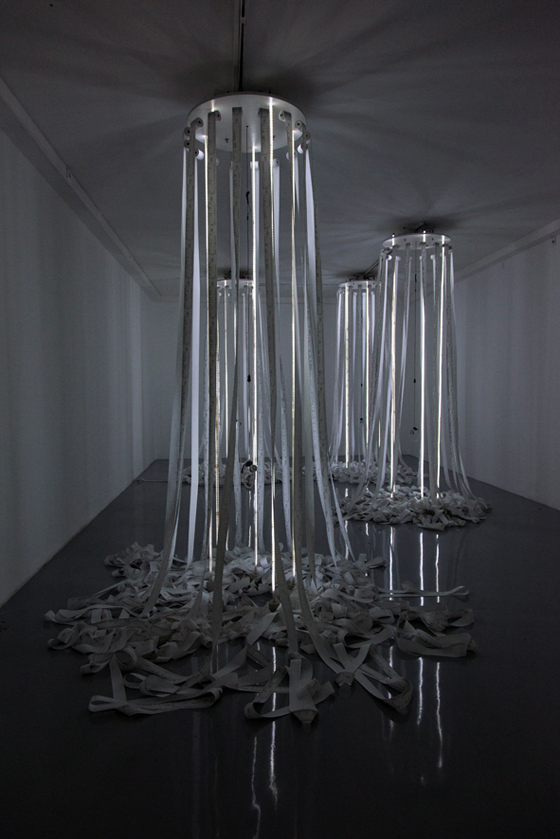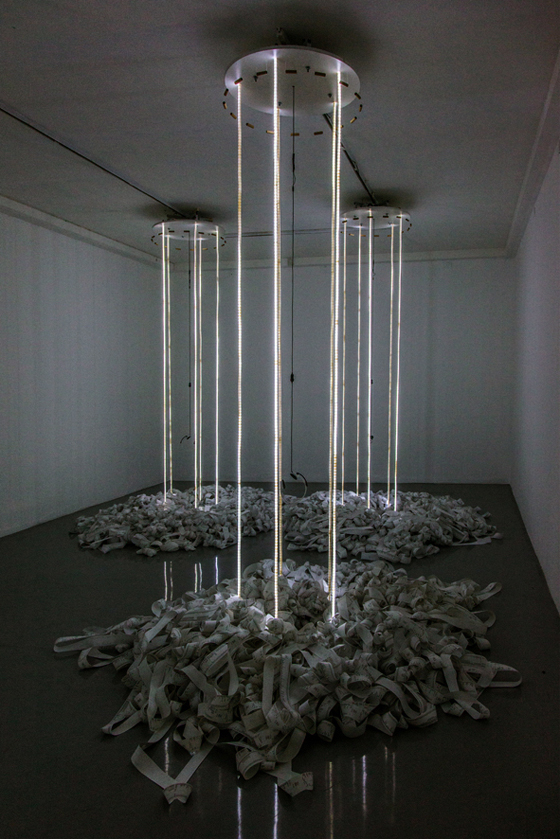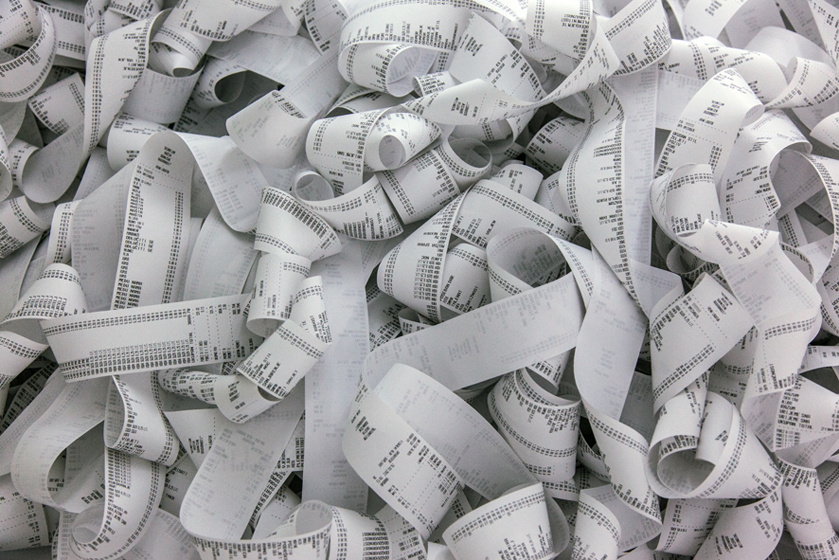Irena Lagator Pejović
works
- Lines, Values, Coexistences
- United Species
- Means that Can Contribute to the Phytoremediation of Polluted Areas
- Saved Books. The Art of Transmitting the Knowledge Without the Need for Subsequent Reparation.
- “I Would Put All Mighty Weaponry Into the Museums That No One Visits”
- Expanses of Love
- “If I Were Ronald Regan”
- Nets, Nodes, Horizons
- Workers University
- My Father’s Salary
- Fiscal Verses. Reprogramming the Machine
- Missing Content
- The Knowledge of the Limited Responsibility Society
- Shared Air
- Blurred Landscapes
- There is Already a Feeling of a Flow
- Symbiotic Collection
- Maximum Profit - Minumum Time
- This is Not a Landscape Any Longer. Tolerance, Transparency, Transition.
- Nature Culture
- Pillars and Horizons
- Where is the Monument?
- Forward Play Reverse
- Life and Institution
- Capital Culture Cuts
- Two Safes. No keys!
- Non LLC l.l.c.
- Plastic Water
- Society and Documents
- Exchange Value
- Work in Public Space
- Institution Nature
- LLC versus Non LLC
- Abbandoned Cinema
- Freedom Security Progress
- Occupying/Liberating Space and Time
- Directions
- Image Images
- Property
- Dissapearance Appearance
- Further than Beyond
- Image Think
- Ecce Mundi
- Camera Imaginata. The Means for Exchanging the Power of the Imagination
- Means for Intensifiying a Sense of Poetic Reconstruction of the World
- The Society of Peaceful Coexistence, Santa Croce sull’Arno
- Installation for Improving the Sense of Responsibility
- Equation Function
- Limited Responsibility Society, Santa Croce sull’Arno
- Resistence Reservoir
- Limited Responsibility Society, Polignano a Mare
- Limited Responsibility Society Automatism
- Experience Economy History
- The Society of Peaceful Coexistence, Belgrade
- Responsitorium Horizon Poems
- Time of Limited Responsibility Society
- Limited Responsibility Society Experiment, Salzburg
- Present Space Expansion
- Cultural Barriers to Growth
- Countinuous Limited Responsibility Society
- Knowledge of the Limited Responsibility Society
- Limited Responsibility Society Experiment, Strobl
- Limited Responsibility Society By Night
- Limited Responsibility Society, Cetinje
- Inverse Spaces
- Our Colored Everyday
- Machine Error. Shape a Book
- What We Call Real
- After Memory
- Next
- Is It Still Winter, Outside?
- The Way We Live
- How Small is the Universe
- Living Space
- The Society of Unlimited Responsiblity
- Own Space
- Living Room
- Near Universe
- An Embrace in the Space
- Light in Space
- Please Wait Here
- Wash Inside Out
- What is Missing
- Temporary Dumping Place. Rotations in the Given Space
- Opening of the Book
- Registrar
- May I Help You
- Passerby
- Are You Happy Now
- BBBBeauty
- Tell Why
- Witnes of Time - Now
- Witnes of Time
- It is Made for You
Limited Responsibility Society Automatism
2012
4 columns: 68 paper citizen´s bill rolls with textual intervention by the artist; LED light, sound, visitor´s interaction
Dimensions: 420x400x700 cm
Exhibitions/Venues:
Irena Lagator Pejović: The Society of Unlimited Responsibility, Museum of Contemporary Art, Belgrade, Serbia. Curated by: Dejan Sretenovic & Una Popovic, 2012
Irena Lagator Pejović: Società a responsabilità limitata (S. r. l.), Villa Pacchiani, Santa Croce sull'Arno (Pisa), Italy. Curated by Ilaria Mariotti, 2012
18th Tallinn Print Triennial - Warm. Checking Temperature in Three Acts, Tallinn Print Triennial, Estonia, curated by: Rona Kopeczky, 2022
Photo: Ivan Petrović, Irena Lagator, Milan Kralj, Museum of Contemporary Art: Saša Reljić
In her ephemeral interactive installation Limited Responsibility Society Automatism, the artist starts from the international economic term SaRL (Socitété à Responsabilité Limitée). To create spatial forms reminiscent of ancient temples, she uses blank thermal paper bill rolls which in everyday institutional chain of global consumerism are used for production of fiscal receipts. She fills them with a textual content which is visually similar to the one we are familiar with, yet with an important conceptual difference. Namely, in addition to the original products and their prices, the artist programmed in the fiscal cash register certain intangible values such as feelings, love, memory… in order to assign prices to them. These new items are inserted between those we need existentially, such as water, milk or bread, thus becoming intruders within the established system of the trading world, so that on the hanging paper strips that fade over time the audience can read that in societies of limited responsibilities one can also buy knowledge, long love, experience, job, sunny morning, power, career, success, future... These textual compositions are typed using a fiscal cash register by combining the principles of surrealistic automatic writing, concrete and visual poetry. By unwinding the rolls and reading them, the audience simultaneously deconstructs the installation - the column as an element of a whole - while being confronted with dramatic moments of current social conditions, but it also becomes informed and aware of the process of growing trade in known and unknown means that becomes possible in times of orchestrated alienation, exploitative isolation and limited responsibilities.
